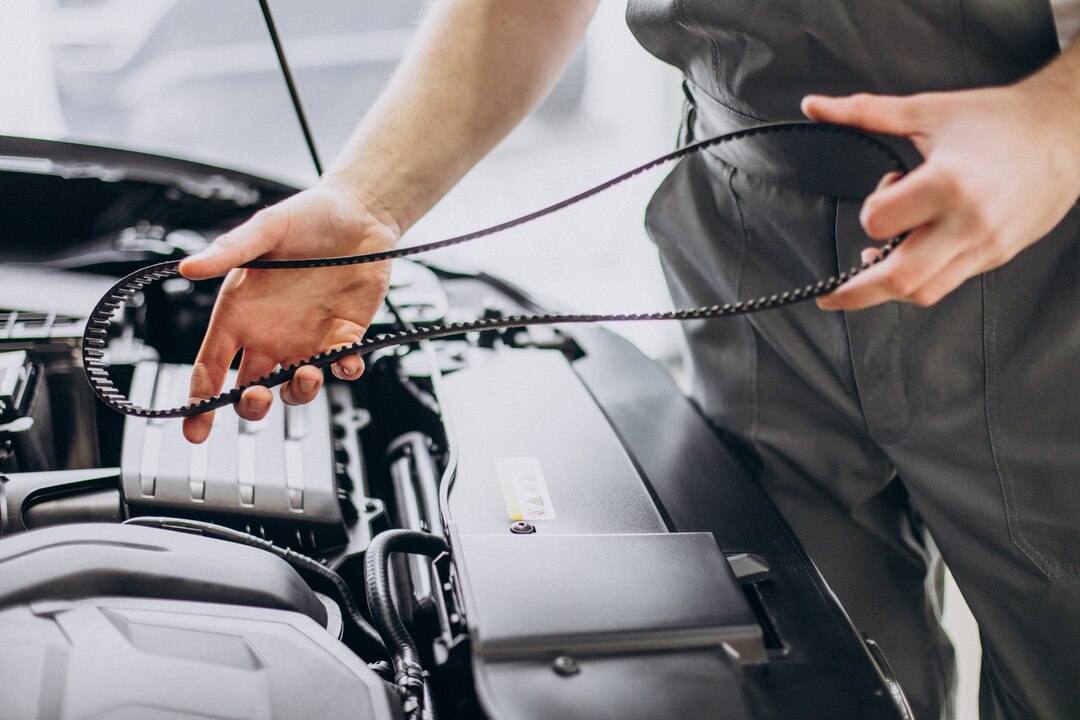Your car’s belts and chains play a crucial role in ensuring the smooth operation of its engine and various components. Over time, these components may wear out or become damaged, necessitating replacement to prevent potential breakdowns or engine damage. If you’re considering replacing your car’s belts and chains in South Africa, understanding the process, time involved, and cost estimates can help you make informed decisions. Here’s what you need to know:
1. Understanding the Components:
- Your car’s engine typically contains various belts and chains, including the timing belt, serpentine belt, and timing chain. These components are responsible for synchronizing the movement of the engine’s internal parts, driving accessories like the alternator, water pump, and air conditioning compressor, and maintaining proper engine timing.
2. Signs of Wear and Replacement Needs:
- It’s essential to be aware of the signs indicating that your car’s belts or chains may need replacement. These signs may include unusual noises (such as squealing or rattling), visible wear or damage on the belts or chains, engine misfires, or difficulty starting the engine.
- If you notice any of these symptoms, it’s advisable to have your car inspected by a qualified mechanic to determine the extent of the problem and whether replacement is necessary.
3. Process of Replacement:
- The process of replacing your car’s belts and chains typically involves several steps, including:
- Diagnostic Inspection: A mechanic will conduct a thorough inspection of your car’s belts and chains to assess their condition and determine whether replacement is required.
- Belt or Chain Removal: If replacement is necessary, the old belts or chains will be removed from the engine.
- Installation of New Components: New belts or chains will be installed according to the manufacturer’s specifications, ensuring proper alignment and tension.
- Testing: After installation, the engine will be tested to ensure that the new belts or chains are functioning correctly and that there are no issues with engine performance or timing.
4. Time Involved:
- The time required to replace your car’s belts and chains can vary depending on several factors, including the make and model of your vehicle, the accessibility of the components, and the expertise of the mechanic performing the work.
- In general, the replacement process can take anywhere from one to several hours, with more complex jobs potentially requiring additional time for diagnosis and labor.
5. Cost Estimate:
- The cost of replacing your car’s belts and chains in South Africa can vary depending on factors such as the type of vehicle, the specific components being replaced, and the pricing policies of the repair facility.
- On average, the cost of replacing a timing belt in South Africa ranges from R1000 to R5000 or more, depending on the vehicle make and model, while the cost of replacing a serpentine belt may range from R500 to R2000.
- Timing chain replacement costs can be higher due to the complexity of the job and the additional labor involved, with prices ranging from R2000 to R10000 or more.
6. Choosing a Reliable Mechanic:
- When it comes to replacing your car’s belts and chains, it’s essential to entrust the job to a qualified and experienced mechanic or auto repair shop.
- Look for a reputable repair facility with a track record of quality workmanship and customer satisfaction. Ask for recommendations from friends, family, or online reviews, and inquire about the mechanic’s credentials and experience with your vehicle make and model.
7. Importance of Regular Maintenance:
- To prolong the life of your car’s belts and chains and prevent premature wear or failure, it’s crucial to adhere to the manufacturer’s recommended maintenance schedule.
- Regular inspections and preventative maintenance can help identify potential issues early and address them before they escalate into more significant problems, saving you time, money, and inconvenience in the long run.
By understanding the process of replacing your car’s belts and chains, as well as the associated time and cost considerations, you can make informed decisions to ensure the continued reliability and performance of your vehicle on South African roads. Remember to prioritize regular maintenance and address any signs of wear or damage promptly to keep your car running smoothly for miles to come.











